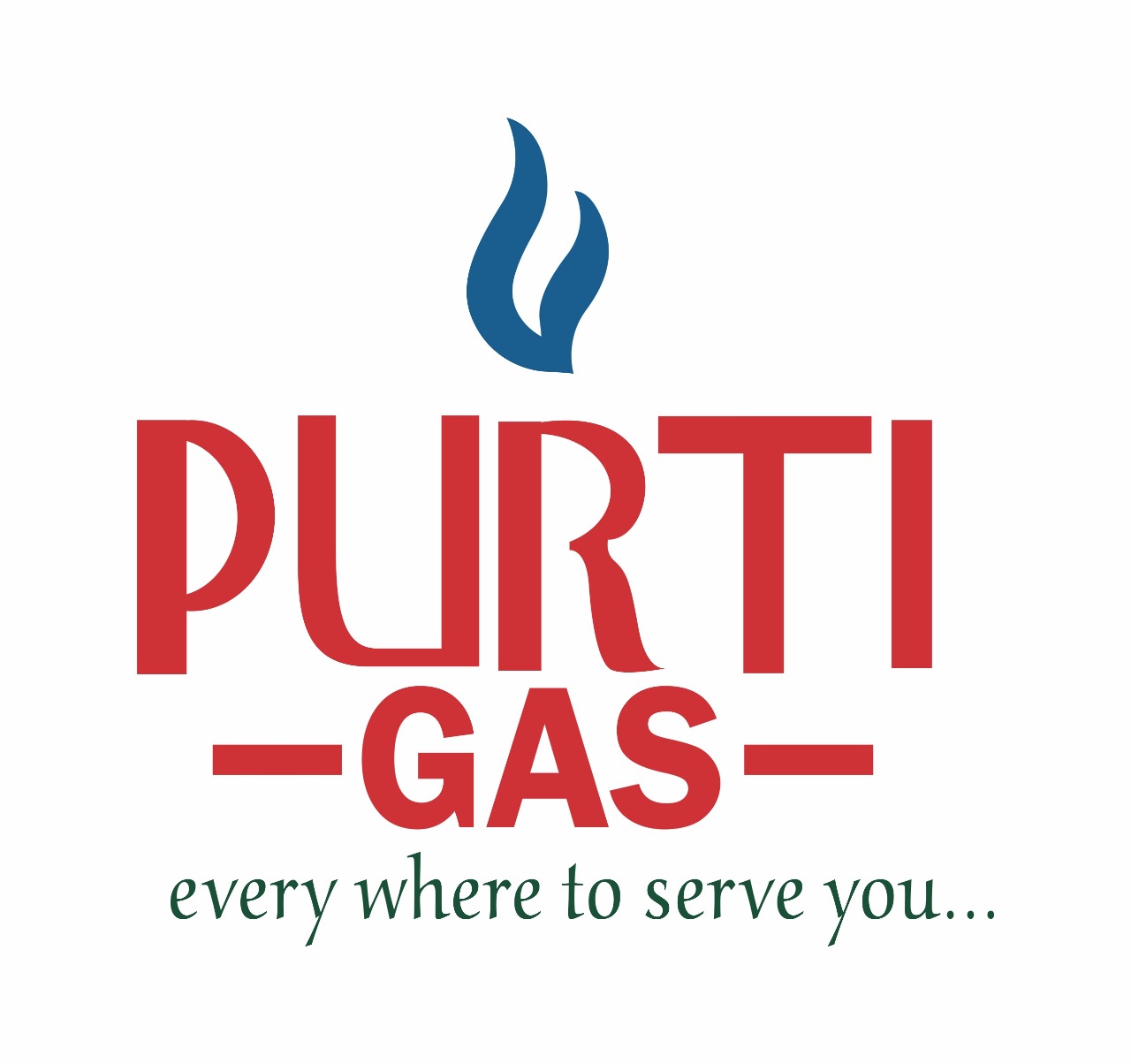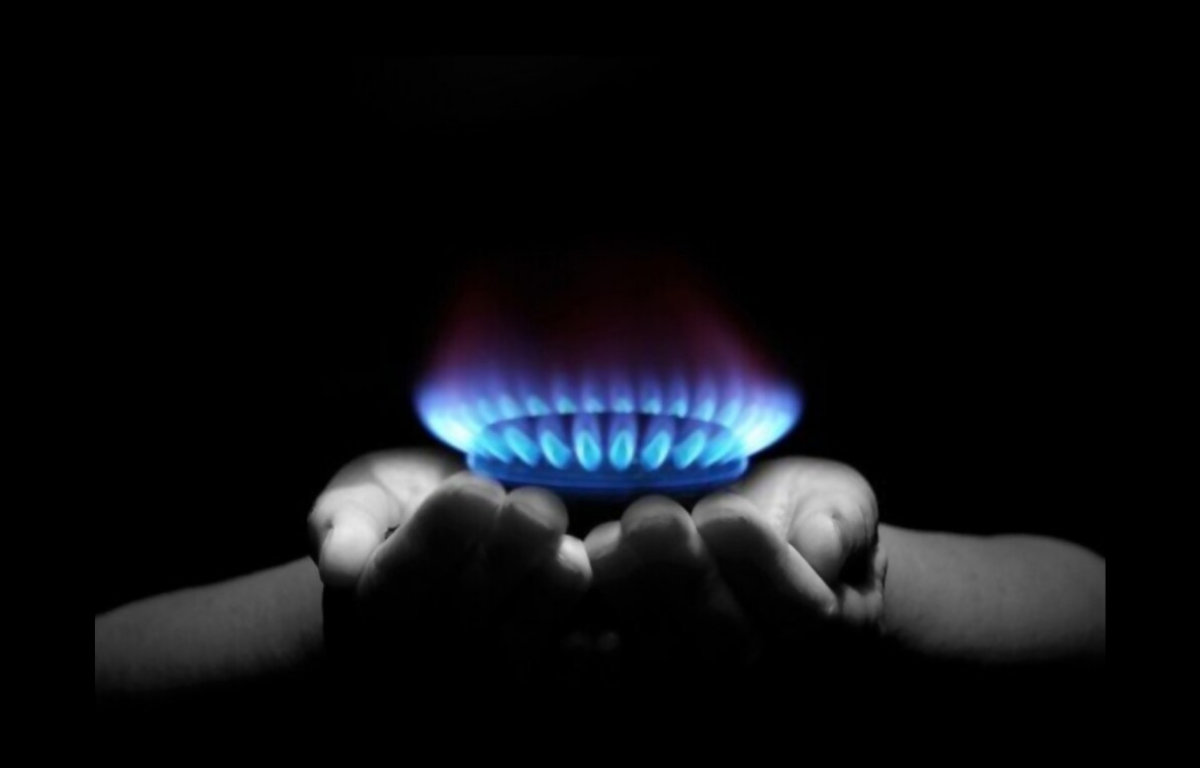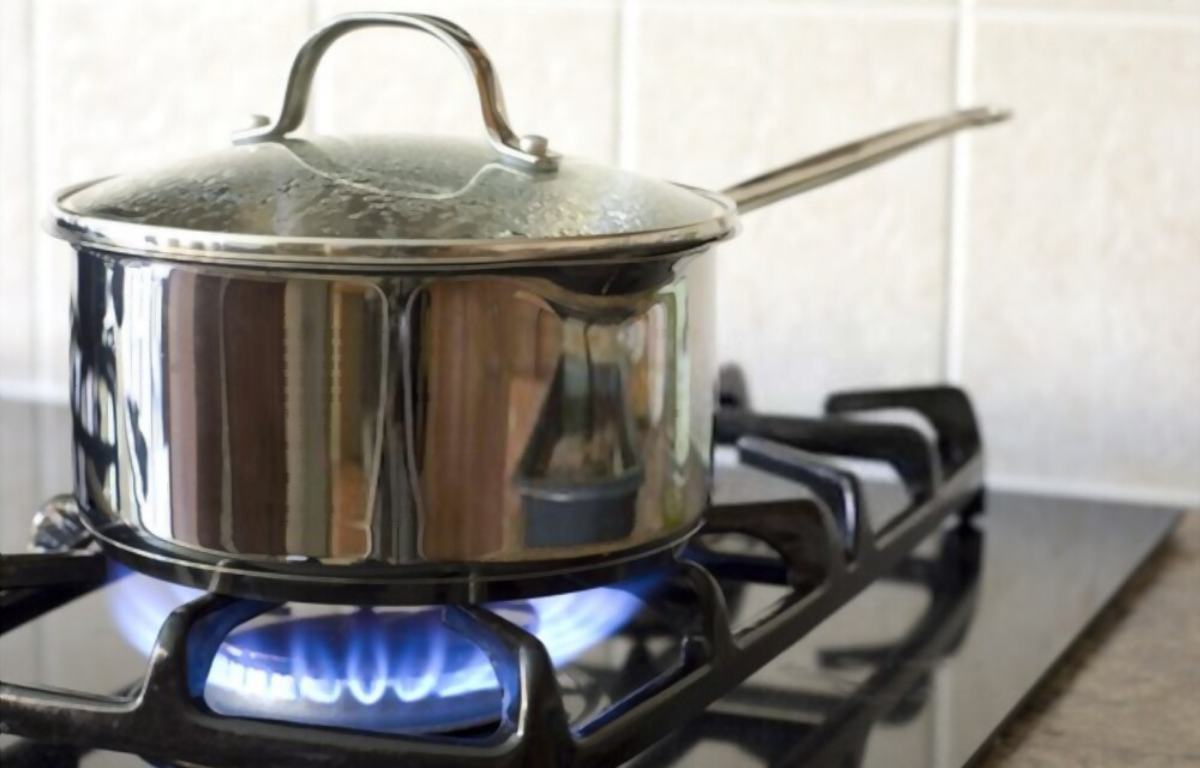LPG for Households
To cater to Household Demand, Purtigas offers Domestic Cylinders in sizes of 6 Kg and 15 kg which are easily available through our Pan India dealer network.
Key Benefits
Instant Gas Connection
Avail an TATKAL Gas connection from the comfort of your home or office with minimal documentation process.
Safety
Purtigas Offers one of Safest Cylinders which are BIS & PESO Approved.
Quality Assurance
Delivery done by our network of authorized distributors ensuring delivery of tamper proof product of the highest quality
Reliable After-Sales Services
We offer Timely & Prompt After Sales Service.
Safety Tips For Domestic Consumer
Buying LPG Gas Cylinder
- Ensure that you are buying your Cylinder from a PURTI GAS’s authorized distributors.
- Check that the Company Seal and Safety Cap on the cylinder are intact at the time of delivery.
- Do not accept the cylinder if the seal is broken.
- Please check for the due date of testing, which is marked on the inner side of the cylinder stay plate. The due date is marked by an alphabet representing the quarter (A – March, B – June, C – September, D – December) and year for testing. If the DFT is D-25, it means the cylinder needs to be tested by December 2025.
- Do not accept the cylinder if the due date is over.
- Check for gas leaks by applying soap solution on cylinder joints and Suraksha pipes at the time of putting the new cylinder into use
- Do not use open flame to detect leaks.
- It is recommended to use regulators purchased from PURTI GAS’s authorized distributors which conform to the safety standards and comply with the statutory norms and safety guidelines. The size of the pressure regulators issued by the government oil companies differ from that of the private companies and therefore are not interchangeable.
Disconnecting LPG Cylinders
- Put out all the flames and fires in the kitchen/ room
- Close all the taps on the burner
- Turn the switch knob of the regulator from ‘ON’ position to ‘OFF’ position
- Grip the regulator and pull the bush (black plastic locking ring) up and lift the regulator by giving a gentle swivel. Regulator will thus get detached from the valve
- Place the safety cap on top of the valve. Press the cap firmly down until a distinct click is heard. Now the empty cylinder can be removed
Connecting LPG Cylinders
- To remove the safety cap, PULL the cord, and LIFT the cap off the valve
- To mount the regulator on the filled cylinder, carry out the following steps:
- Ensure the switch knob of the regulator is in the ‘off’ position (‘Off’ letters shown on top.
- Grip the regulator and pull the black plastic bush up
- Place the regulator vertically on the valve and press it down with a gentle swivel. Release the black plastic bush and press it down.
- The pressure regulator is now locked.
Cooking with LPG
- Strike match first, then open burner knob
- Clothing is for wearing, not for Panhandling. Use only potholders
- Never leave vessels unattended on burners in operation – the contents may overflow, extinguish the flame and cause gas leakage
- Always keep the Gas stove on a platform above the cylinder level. Never keep the cylinder in a pit below floor level
- Do not place cylinder inside an enclosed compartment
- Do not have curtains on the windows near gas stove
- Switch OFF the regulator every night before going to bed
- Check the Suraksha Hose regularly and replace in case of cracks. Change it before expiry date
- Always use an ISI marked hotplate and Suraksha hose / Rubber Tube.
- Keep the doors and windows of your kitchen open for proper ventilation.
- Always use BIS marked hot plate/ appliances.
- Retain the safety cap with the nylon thread attached to it and replace the regulator with the cap when the cylinder is not in use for a long period.
- Do not keep any electric appliances or cables near the stove. Most appliances release constant heat/sparks that can be dangerous if kept near the burner.
In case of an Emergency
- Close regulator and burner knobs. Do not panic.
- Open all doors and windows for ventilation.
- Extinguish all flames, lamps, incense sticks and sources of fire.
- Put the safety cap on the cylinder.
- Call your PURTI GAS distributor or emergency service for help.
- Do not operate electrical switches and appliances in the room.
- Isolate main electrical supply from outside.
- LPG is heavier than air and it settles on the ground. Use all available ventilation to disperse the gas
LPG Conservation Tips
A few minutes of planning ensures a big fuel saving

Every thrifty you can avoid an idle flame if you prepare and keep all materials required for cooking within reach, before lighting the stove. Experiments have revealed that keeping the flame of the larger burner burning unnecessarily in a gas stove, results Even a few paise saved every day will amount to a sizeable saving by the end of a month.
Remember
Light your stove only after you have kept all the ingredients within your reach and ready for cooking. Put off an idle flame at once.
Pressure cooking saves fuel

Pressure cooking is one of the fastest and most economical ways of cooking. Experiments have shown fuel (kerosene or cooking gas) savings of 20% on rice, 46% on soaked gram dal and 41.5% on meat, as compared to ordinary cooking. The savings in cooking time were equally high. To obtain further savings from a pressure cooker, use the separators of the cooker to cook different items such as rice, vegetable and dal, all at the same time. Just think of the fuel and money you will save! And have your entire meal ready quickly.
Remember
Pressure cooking saves Fuel and time. Use separators in the pressure cooker to cook different items at the same time.
Use the optimum quantity of water

The quantity of water used differs for various dishes. And even for the same dish, different housewives use varying quantities of water. Since water is extensively used in cooking, you should remember that surplus water wastes fuel. Besides, when the excess water is drained subsequently, precious nutrients are lost. An experiment on cooking rice with double the required quantity of water has revealed that fuel consumption increased by 65% So use only the optimum quantity of water for cooking..
Remember
Surplus water consumes additional fuel which could otherwise be saved.
Reduce the flame when boiling starts

When a vessel’s contents reach boiling point, a low flame is enough to keep them boiling. The addition of more heat at the boiling stage causes further evaporation of the liquid without serving any useful purpose. Hence, when water or any other liquid is boiling, reduction in the flame will reduce wastage. This is possible in a gas stove by turning the know to ‘simmer’ position or in a kerosene stove by lowering the wicks. Experiments conducted have revealed a saving of 25% fuel when the flame was reduced after boiling had started. Try it yourself. You will find that the time taken to cook is just the same.
Remember
Always reduce the flame once boiling starts.
Soak before cooking

Experiments have shown that soaking ingredients such as dal and rice for various intervals of time before cooking saves fuel. 250 gms of kabuli chana (chick peas) when soaked overnight in water consumed 22% less fuel as compared to the fuel required for the same quantity of unsoaked kabuli chana.
Remember
Sizeable savings in fuel are possible if you soak cereals in water before cooking.
Shallow, wide vessels save fuel

A visible flame touching the sides of vessel wastes fuel since it gives out heat to the surroundings. But if you cover the flame as much as possible by using a broad vessel, you will save fuel. Our tests have established that for most stoves, a vessel of 25 cm. Diameter is ideal for cooking. A vessel of this diameter tends to cover the flame completely. Where a narrower vessel cannot be avoided, try and reduce the flame so that it does not creep up on the sides of the vessel.
Remember
Hide the flame with broad bottomed, vessel. Do not use vessels which are narrow as they allow the flame to creep up on the sides.
Put the lid on heat losses

It is a good practice to cover cooking vessels and pans with a lid, as an open vessel loses heat to the atmosphere which means a waste of fuel. A vessel of 100sq.cm. opening , containing not water at 96°C would waste 7.2 GMs Of gas per hour. The heat loss would increase by 2-1/2 times if there is wind blowing through the kitchen. If the vessel is covered by a lid , the heat loss would drop appreciably to 1.45 gm. Of gas per hour as heat is retained within the vessel.
Remember
Always place a lid on an open cooking vessel or pan.
The small burner saves fuel

A cooking gas stove has a big burner and a small burner. The small burner consumes 6% to 10% less gas than the big burner ! An experiment on cooking 250 GMs Of potatoes revealed that the small burner consumed 6.5% less gas but look 7 minutes more than the big burner. Similarly in a kerosene stove, by cooking at lower flame you will use less fuel. You can now imagine how much fuel is being avoidably wasted.True, the small burner of the lower flame takes a little more time to complete cooking, but then you are not always in such a hurry that you can afford to waste fuel.
Remember
Use the small burner or lower flame more often, as the case may be especially when you have time to spare.
A clean burner helps save fuel

It is important to clean the burner of your gas range regularly and trim or replace the wicks of the kerosene stove. Soot clogged gas burners and charred wick-ends of a kerosene stove increase fuel consumption. Regular maintenance of your stove helps you save fuel. In case stove knobs do not more freely, get them attended to.
Remember
A bright, steady blue flame means efficient burning. If you see an orange, yellow on non-uniform flame, clean the burner or wick as the case may be.
For additional saving

The use of ‘ISI’ marked kerosene wick stoves in place of non-‘IST’ marked stove saves upto 25% of kerosene and the use of higher efficiency ‘ISI’ marked LPG stove (the thermal efficiency level of which is 68%+) saves upto 15% of gas.
Clean vessels help too

A coating of undissolved salts is usually found on the insides of kettles and cookers. Even a millimeter thick coating can reduce the flow of heat to the vessel’s contents. This increases your fuel consumption by as much as 10%.
Remember
Cooking vessels should always be scrubbed clean.
Allow frozen food to reach room temperature before cooking

Cold milk, frozen meal or any other cold food-stuff from the refrigerator should not be taken straight to the cooking pot. Keep it out of the refrigerator should not be taken straight to the cooking pot. Keep it out of the refrigerator for some time before putting if on the stove. Very cold food consumes a larger amount of fuel.
Eat together Save Fuel
 If all members of the family eat together, which signifies togetherness and increases joy, frequent reheating of food before serving can be avoided. If eating together is not possible, store cooked, hot food in insulated containers to serve it hot later.
If all members of the family eat together, which signifies togetherness and increases joy, frequent reheating of food before serving can be avoided. If eating together is not possible, store cooked, hot food in insulated containers to serve it hot later.



